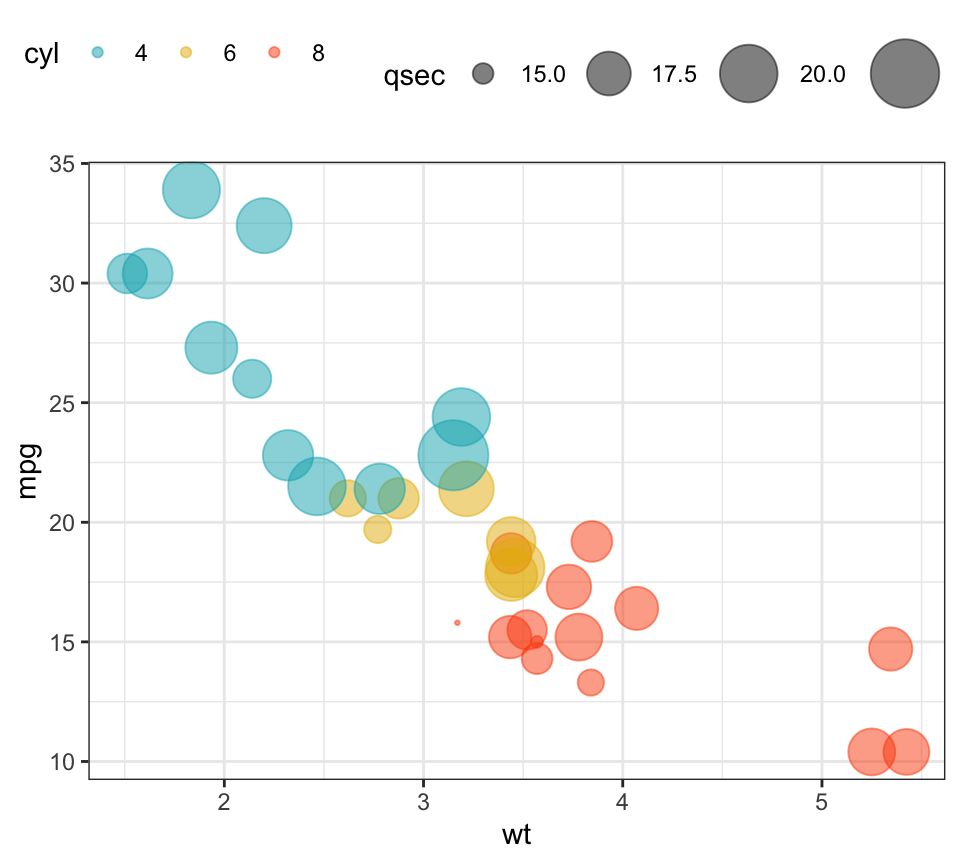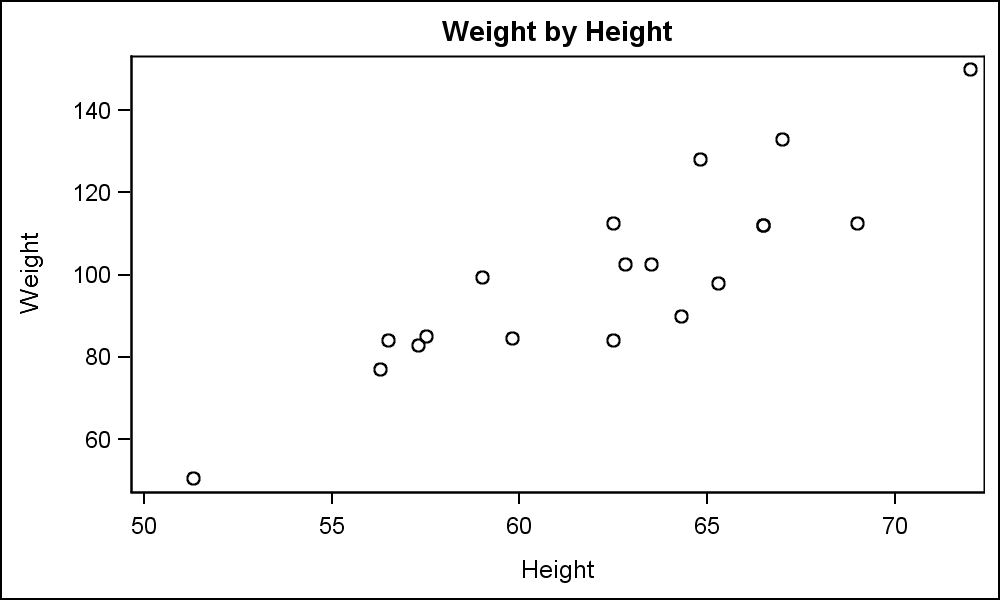

Typically, the x-axis has numbers representing different time periods or names of things being measured. In x-y plots, like the one above, the x-axis runs horizontally (flat). seaborn.scatterplot Passing long-form data and assigning x and y will draw a scatter plot between two variables: Assigning a variable to hue will map its. In this graph, two sets of data are presented. Line graphs can present more than one group of data at a time.

The most important part of your graph is the information, or data, it contains. In this line graph, the y-axis is measuring the Gross Domestic Product (GDP) of each country. The y-axis usually starts counting at 0 and can be divided into as many equal parts as you want to. Typically, the y-axis has numbers for the amount of stuff being measured. In x-y plots, the y-axis runs vertically (up and down). It is important to give credit to those who collected your data! In this graph, the source tells us that we found our information from the Organization for Economic Cooperation and Development. The source explains where you found the information that is in your graph. Each of the colors in this legend represents a different country.

Just like on a map, the legend helps the reader understand what they are looking at. A scatter plot takes your data set and places each point on a coordinate plane, typically using X and Y axes to represent two variables. The legend tells what each point represents. In order to create a scatter plot, we need to select two columns from a data table, one for each dimension of the plot. The title of this graph tells the reader that the graph contains information about the difference in money spent on students of elementary and secondary schools from different countries. It can be creative or simple as long as it tells what is in the graph. This helps the reader identify what they are about to look at. The title offers a short explanation of what is in your graph. You will need at least 50-100 paired samples of data that you think might be related for a scatter plot.


 0 kommentar(er)
0 kommentar(er)
